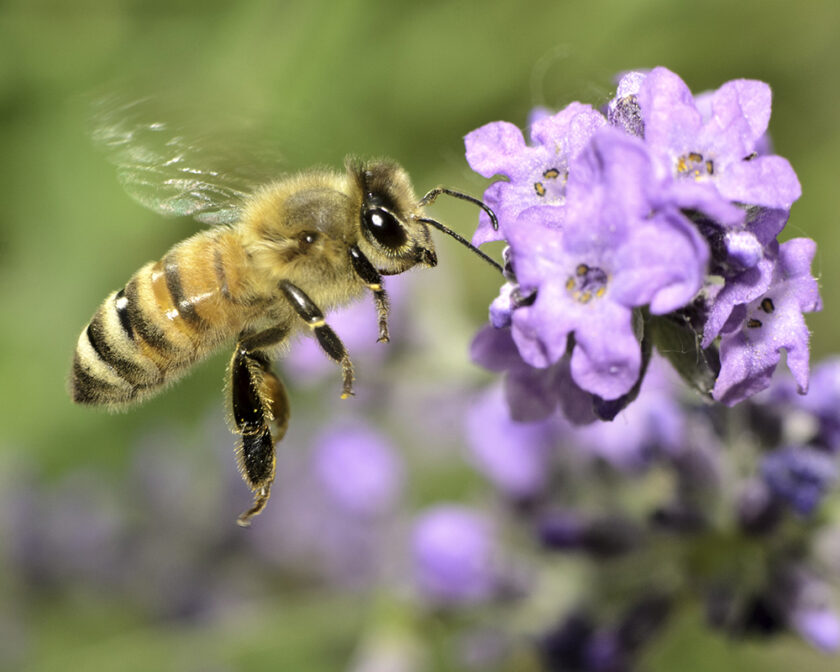As humans, we tend to avoid any interaction with bees, hornets, yellow jackets, and wasps. Dogs, however, may find these winged pests intriguing and want to chase them, trying to catch them and antagonizing bees to sting them. Most times, the bee sting will produce a minor reaction in the dog that will be localized to the sting. However, just like humans, some dogs may have an allergic reaction to the sting, known as anaphylaxis.
If you are lucky enough to see your dog get stung by a bee, you will want to look for a stinger to remove with tweezers. However, hornets and yellow jackets do not shed their stingers, and they can actually sting the same person or dog multiple times. If your dog was stung by one of these pests, don’t worry about looking for a stinger.
Most of the time, however, you won’t know exactly where your dog was stung. Instead, you might only suspect they were stung. If stung, your dog may paw at the sting area or hold a leg up if stung on the paws.
First things first, do not panic and run towards your dog. Instead, try to call them, in case a hive has been disturbed. You are of zero help to your dog if you also end up getting stung.

It is important to note that true anaphylactic shock is quite rare in dogs. However, you should be familiar with the signs. Anaphylactic shock is an immediate, life-threatening allergic reaction to the sting. During anaphylaxis, the body’s response to the allergen is to release histamine. Blood vessels will begin to dilate, resulting in an insufficient amount of oxygenated blood going throughout the body. In a person, the first symptom of anaphylactic shock is usually the respiratory system shutting down. In dogs, it’s the liver that is affected, not the respiratory system. Since most owners are looking for signs of respiratory distress, they may miss the symptoms they should be looking for: diarrhea, vomiting, excessive salivation or drooling.
Shock symptoms can occur as soon as 20 minutes post-sting and as delayed as 60 minutes later. Generally, according to Dr. Jerry Klein of the American Kennel Club, the quicker the symptoms appear, the worse the problem is. Treatment of anaphylactic shock usually starts with administering epinephrine as well as fluids to treat the related shock. A true case of anaphylactic shock will require your dog to be hospitalized to ensure that no organs are failing.
The most likely result of your dog being stung by a bee will be a hypersensitivity reaction, which does not entail the dog going into shock. These symptoms include hives and swelling around the area of the sting. Sometimes, the swelling may be so severe on the face that the dog is unable to see. For severe swelling, you should make a trip to your vet. If the reaction is mild, you can apply an ice pack to the swollen area. Chances are, your dog will be back to normal in under 24 hours and forget that it ever happened.
If you have any questions, please feel free to email me at heidi@fouronthefloordogtraining.net.
Heidi Clayton started Four On the Floor Dog Training to provide positive, reward-based dog training in South Jersey. She breeds, trains and shows bull terriers under the SoraBully’s Bull Terriers kennel name. Email questions to heidi@fouronthefloordogtraining.net or learn more at https://fouronthefloordogtraining.net















